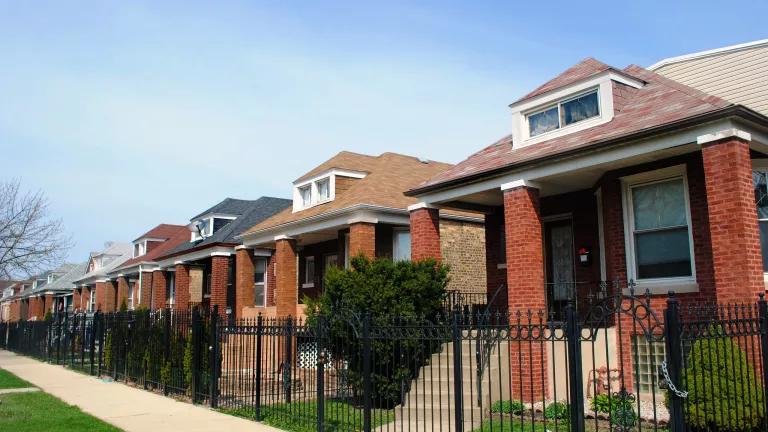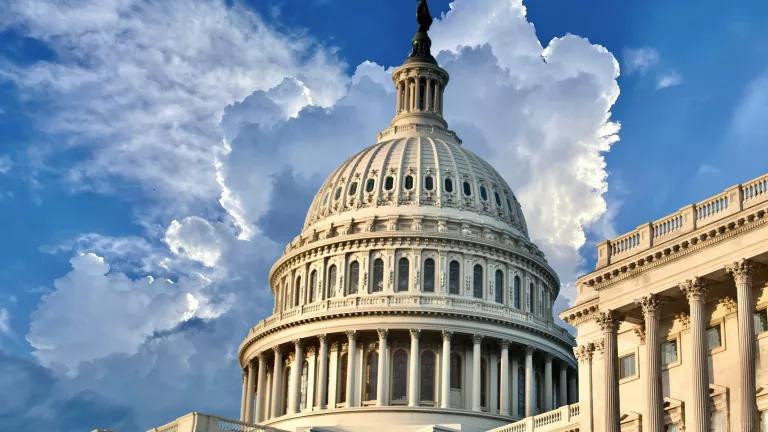
Today, the European Union (EU) submitted its paper work to join the Paris Agreement – officially putting the global climate change agreement over the top on its way to becoming international law. The record-breaking speed at which the agreement will become operational is a testament to the seriousness that the international community is beginning to show in tackling the climate challenge, as NRDC international program director Jake Schmidt wrote today.
So perhaps it was appropriate for the EU to push the agreement over the top, given that they have long held the mantle of global climate leadership even when countries such as the US and China had yet to fully embrace their leadership roles. The EU was originally not expected to formally join the Paris Agreement until 2017 at the earliest, as it has a complex process for deciding how much each of its 28 member states need to reduce their emissions in order to meet their overall targets. However, not wanting to be late to the party, a serious diplomatic push from within the EU and other countries allowed it to join even before all those details had been hammered out.
Now that the EU is officially part of the Paris Agreement that will become fully operational in one month's time, it is worth revisiting the steps they are taking at home to act on climate change. As its contribution to the Paris Agreement, the EU pledged to reduce its greenhouse gas emissions at least 40% below 1990 levels by 2030. In order to meet that target, the EU has instituted a suite of actions, including its cornerstone Emissions Trading System to reduce emissions through the largest carbon market in the world – covering some 11,000 power stations and industrial plants. They also have a directive to achieve at least 27% of energy consumption from renewable sources by 2030, up from just over 15% currently.
However, in order to meet its commitments under the Paris Agreement and continue its legacy as a global climate leader, the EU must take on greater action in the near term. The policies it has currently implemented are only projected to reduce emissions 23-35% by 2030, still well below its 40% goal.
Fortunately, the EU can capitalize on the fastest and most cost-effective way to cut carbon pollution and reduce energy bills: promoting energy efficiency. The EU has a target to improve energy efficiency 27% by 2020 – the same percentage as its renewable energy target – but currently does not have the measures in place to meet their target on time. It is thus very fitting that the EU joined the Paris Agreement today, on the first official Energy Efficiency Day, since the solution will be so critical to ensuring that they deliver on and even overachieve their commitments.
The EU has been a pioneer in demonstrating to the world that climate action goes hand-in-hand with more equitable and long-term economic growth. Since 1990, its Gross Domestic Product has risen at double the rate that its emissions have fallen. Now that the EU has helped to put the Paris Agreement over the top, they once again need to show the world how their early leadership can actually put the agreement into action and deliver a more prosperous and clean future for all.




